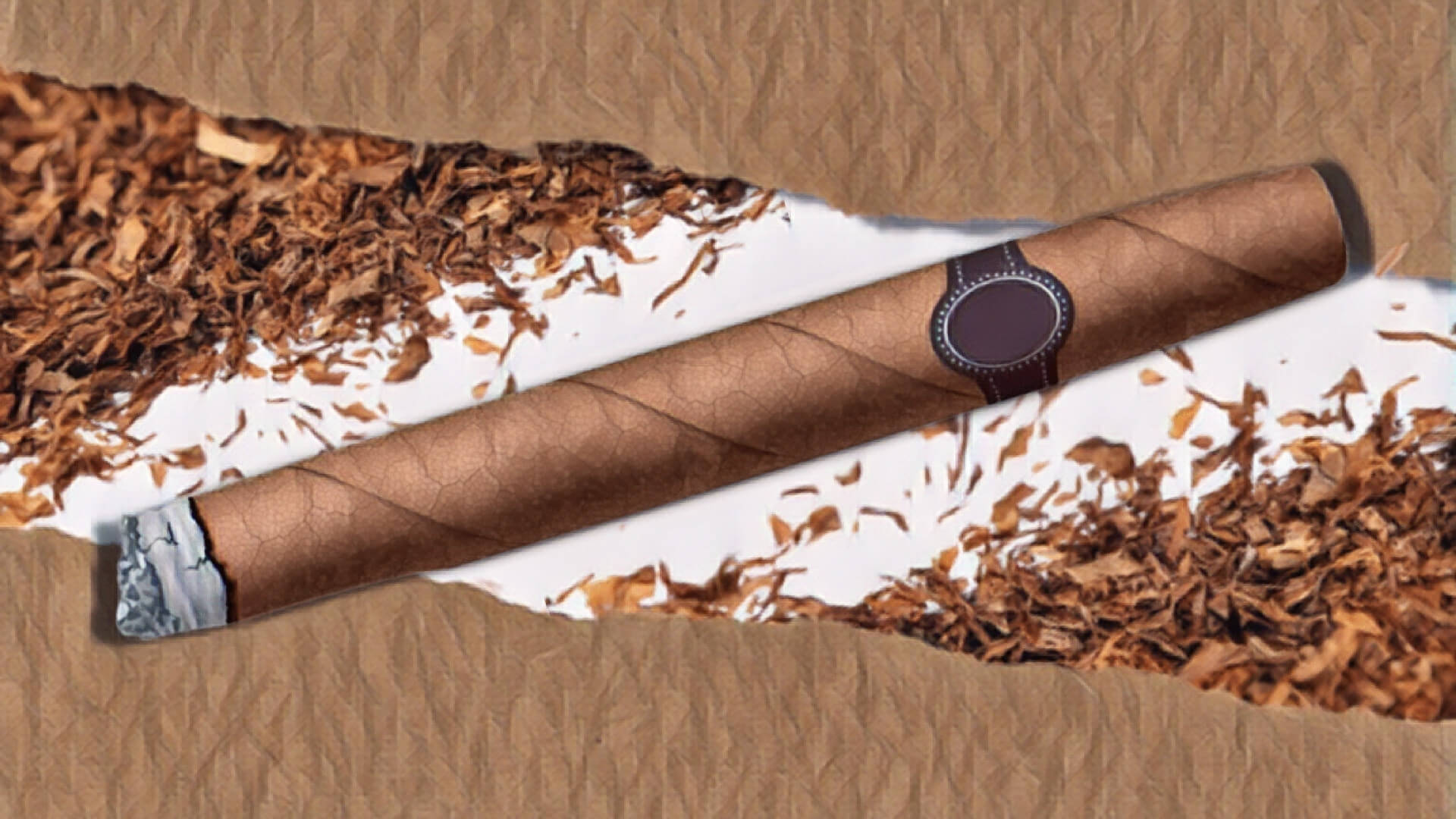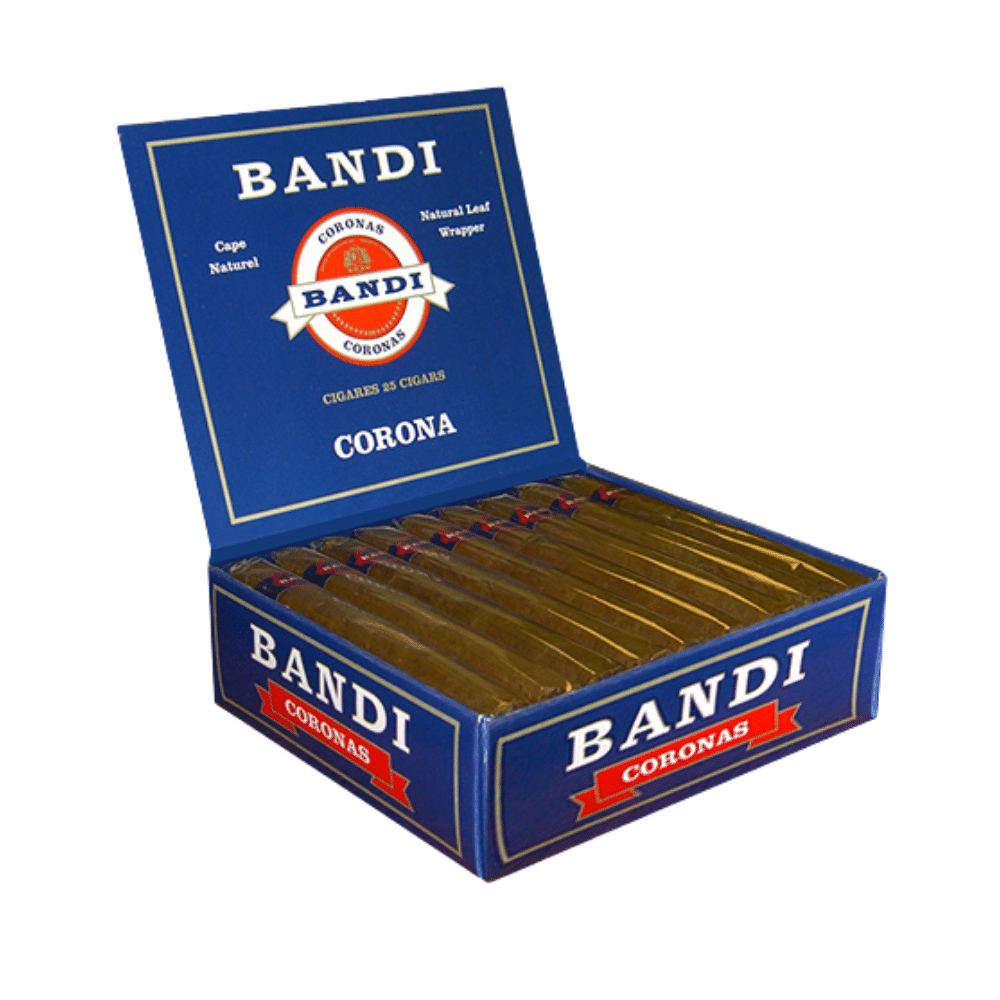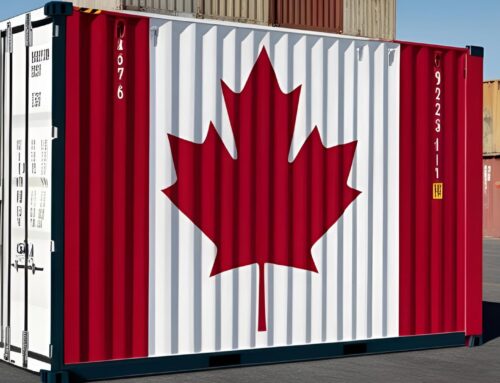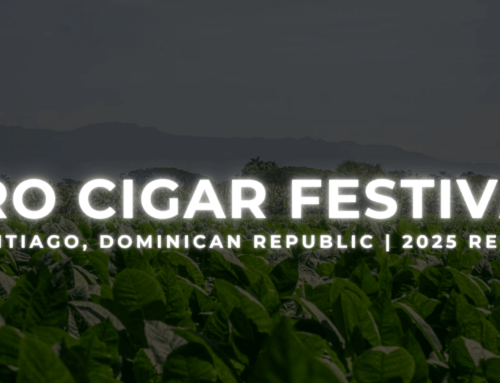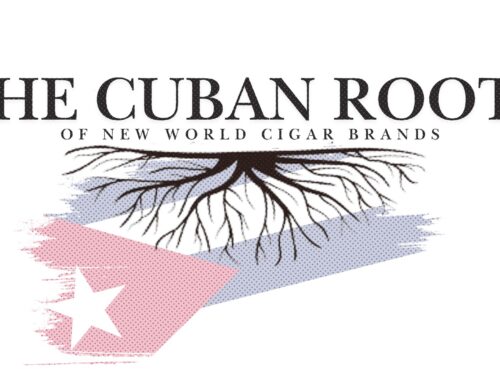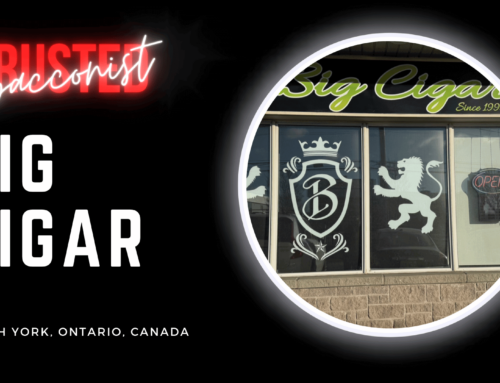Though the commercial cigar industry has been evolving for well over 150 years, one thing remains a constant:
cigar enthusiasts typically desire that the tobacco in their cigar be as natural and unadulterated as possible.
This means having ideally 100% natural tobacco for the wrapper, binder and (long) filler components – which essentially constitutes having a premium hand-made cigar.

Premium hand-made cigar (long filler): 100% natural wrapper, binder and long filler [pictured: Oliva Serie V]
For value-minded consumers, there are solutions that can make the enjoyment of cigars a more affordable, yet still highly pleasurable endeavor.
One solution is to seek out a cigar that has been made with short filler instead of long filler. Another is to source a cigar that has incorporated a portion of homogenized tobacco leaf (HTL) as its binder.
In this piece, we’ll look at exactly what short filler and homogenized tobacco leaf are, how they are best used in cigars today, as well as what options exist for cigars that successfully utilize these components.
Short Filler Cigars
Within a cigar, the innermost component is known as the filler. It consists of a bound bunch of tobacco leaves, and comprises the bulk of the cigar. Most handmade, premium cigars are typically made with long-filler tobaccos, which are essentially whole leaves.
Though infrequent, some handmade cigars also make use of short filler, which is chopped leaves that are leftover from the production of premium hand-made cigars.
These are sometimes referred to as a “sandwich-style cigar”.

Handmade cigar (short filler): 100% natural wrapper, binder and short filler [pictured: Por Larrañga – a “Cuban sandwich” cigar]
Today, many cigar factories pride themselves on the concept of having nothing go to waste, and the act of repurposing chopped up tobacco to make a machine-made cigar is a perfect example of this.
Short Filler Cigars With Homogenized Tobacco Leaf (HTL) Binder
Such factories produce machine-made cigars by utilizing special rolling machines to combine the natural cigar wrapper, HTL binder and natural filler to create a gorgeous, consistent, product.
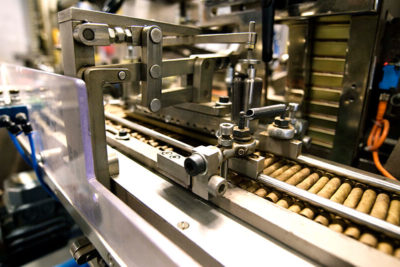
In comparison to hand-made cigars, cigars made by machine have a consistency in filler amount and distribution which greatly assists in draw performance and encourages a more even burn.
Sourcing a quality machine-made cigar made with short filler is one sure-fire way to enjoy a more cost-effective smoke.
Homogenized tobacco leaf is made from a mixture of chopped tobacco pieces and a cellulose adhesive. Like making paper, it is mixed together as a pulp to ultimately create a sheet that can be cut into any size.
It generally contains around 75% natural tobacco and when burned, produces natural tobacco flavor and aroma.
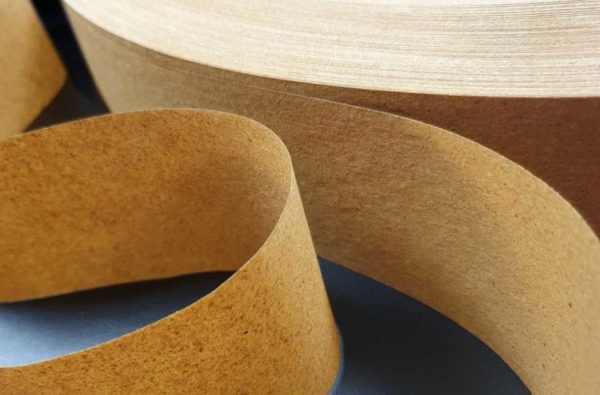
A roll of HTL tobacco
HTL was first popularized in the 1950s as a way to reduce costs in the cigar business.
As cigars were previously seen as a largely unobtainable luxury reserved for affluent populations, HTL was a solution to create more affordable cigars for a growing population who also desired this refined experience.
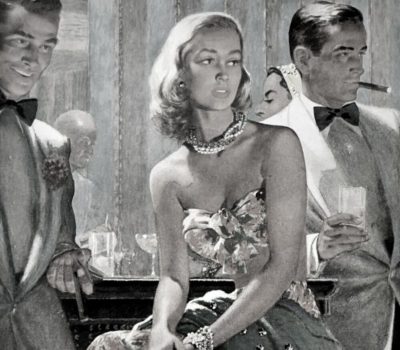
When making a cigar, HTL can be used as a wrapper or binder. Of the two components, it is ideally used as a binder positioned just beneath a natural leaf wrapper (such as the La Aurora Principes Corona Natural, pictured below).
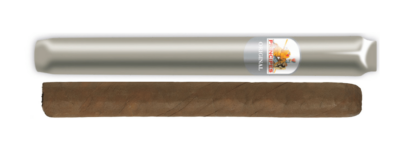
Machine made cigar: 100% natural wrapper, HTL binder, 100% natural filler [pictured: La Aurora Principes Corona Natural]
This creates a finished appearance that is relatively akin to that of a hand-made cigar, and means that only 1 of the 3 components used is from reconstituted leaf, with the remainder being 100% natural tobacco leaf.
“Today, many cigar factories pride themselves on the concept of having nothing go to waste, and the act of repurposing chopped up tobacco to make a machine-made cigar is a perfect example of this.”
HTL Wrapper Cigars
To significantly reduce cost, some manufacturers choose to apply an HTL wrapper instead of natural tobacco. Among these, most opt for simply an HTL wrapper and natural filler with no binder.
Depending on the cigar size, the contribution of the wrapper to the overall flavor profile of a cigar can be as much as 20-50 percent.
Having a reconstituted tobacco wrapper and binder (or simply just a wrapper, no binder) represents a significant departure from the 100% natural tobacco found in the benchmark of a premium handmade cigar.
Examples include Dutch Masters, Century Sam, White Owl and Phillies.
They are typically identified by an excessively smooth exterior surface, as a result of the absence of the veins and bumps that are found on natural tobacco leaf.
Given their nominal price tag and the paper-like quality of the HTL wrapper, such cigars are popular within the cannabis community, as they are often cut open to have their filler extracted and ultimately lined with cannabis to form a ‘blunt’.
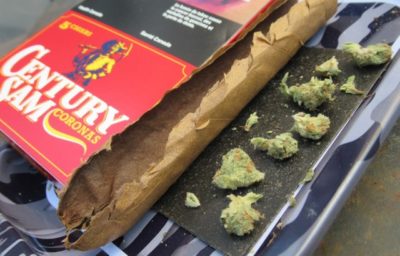
A Century Sam HTL wrapper being used to roll a cannabis blunt.
Conclusion
Innovation in machine-made processes involving the inclusion of short filler and HTL binder has opened up a world of new opportunity to enjoy cigars at a great value.
Though a premium, hand rolled cigar is undoubtedly the gold standard – be sure not to underestimate the pleasure that a quality machine made-cigar can bring.

